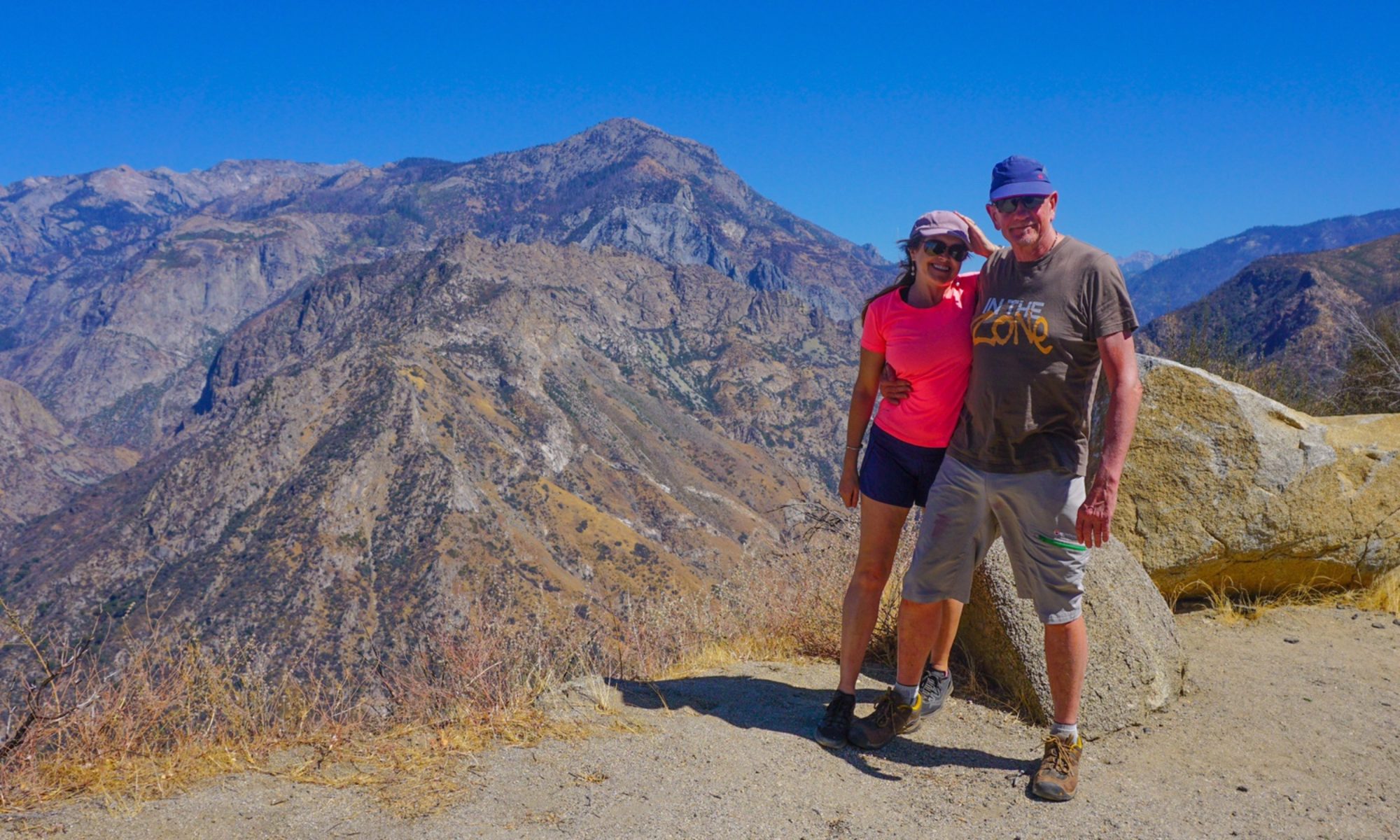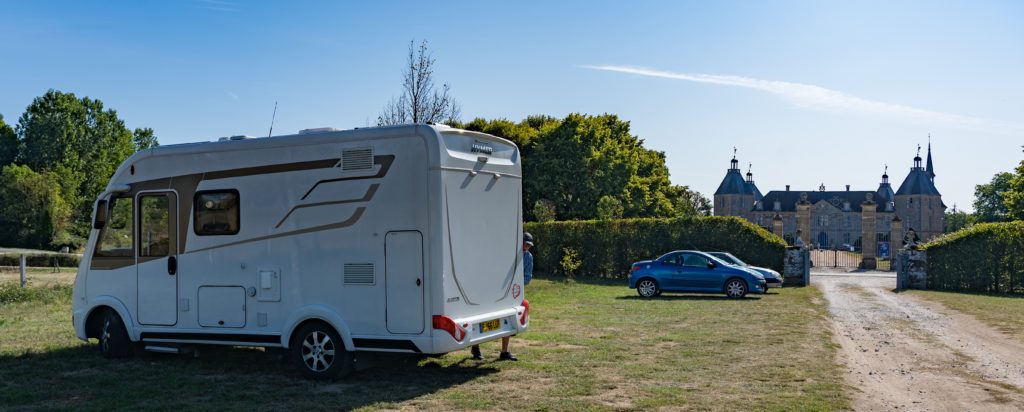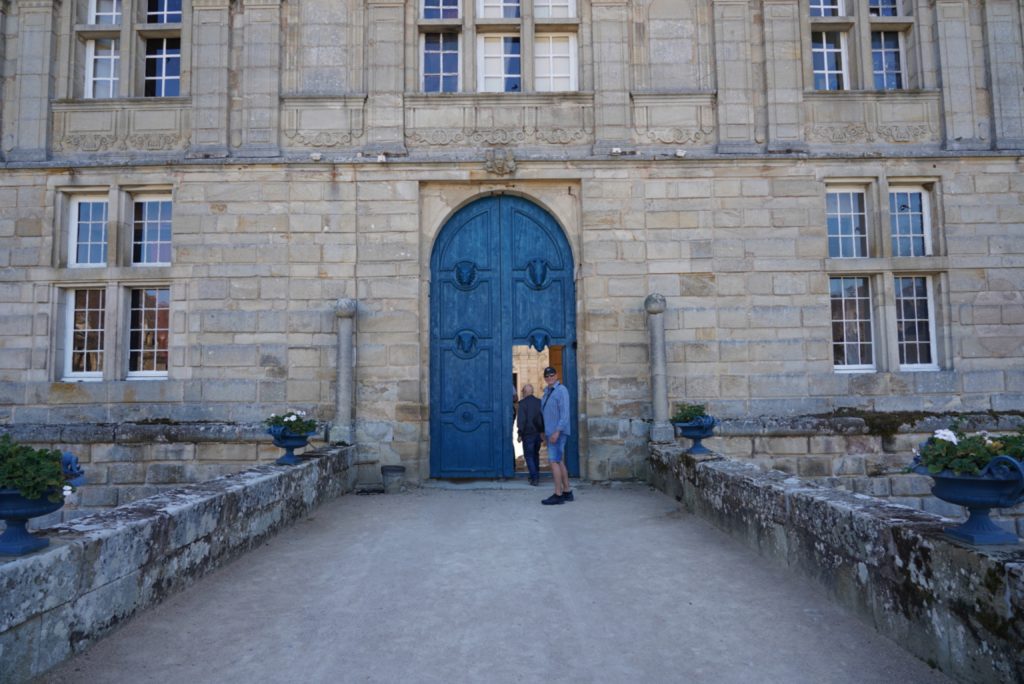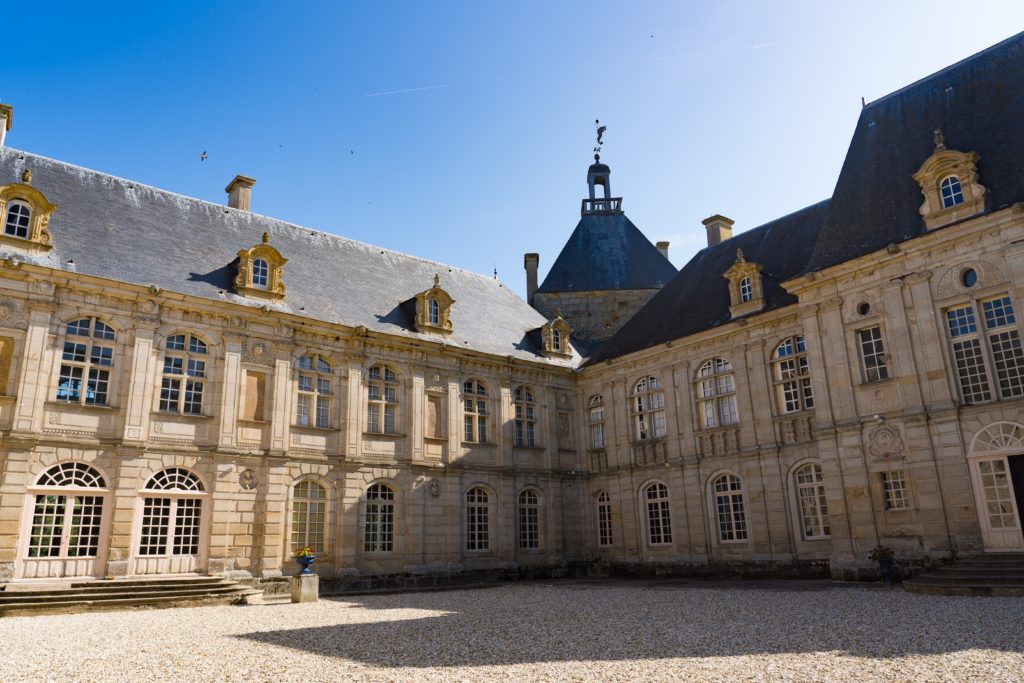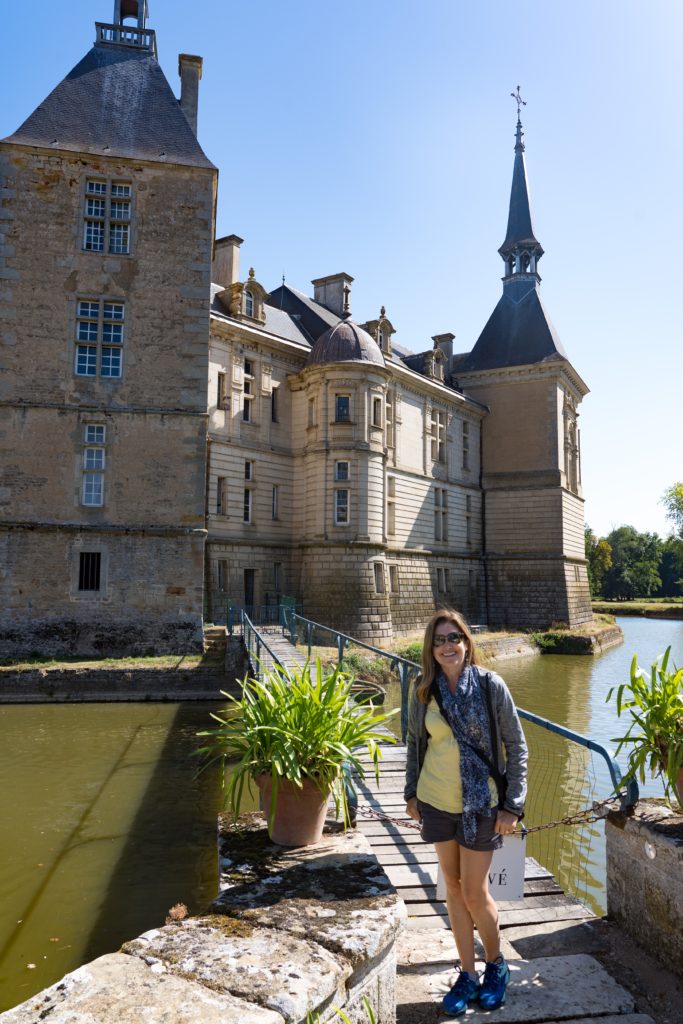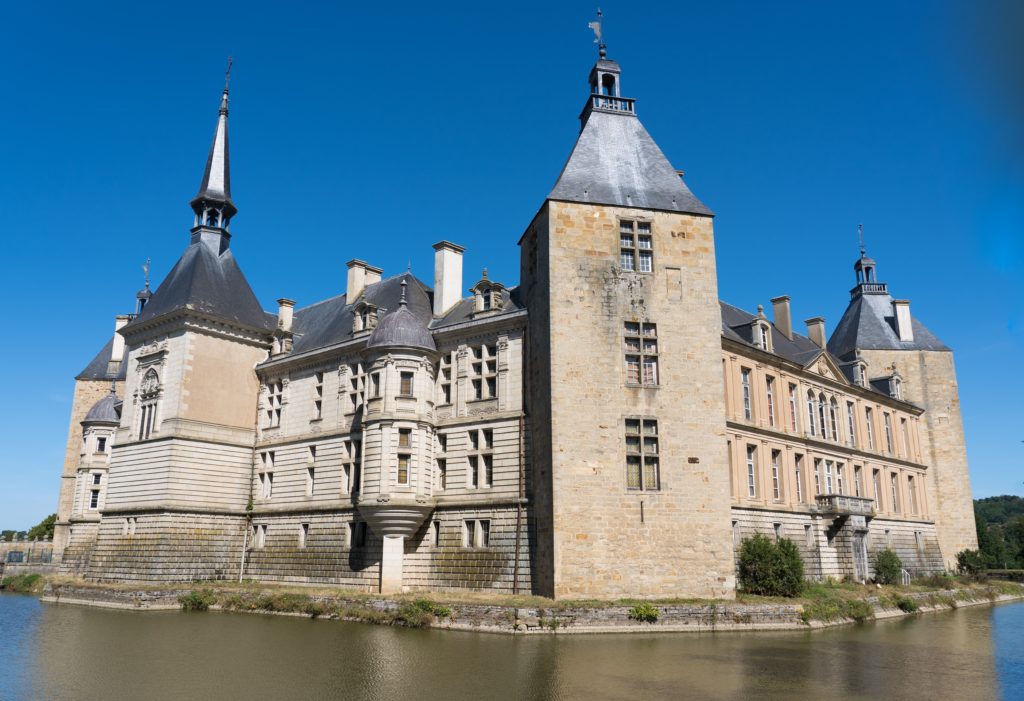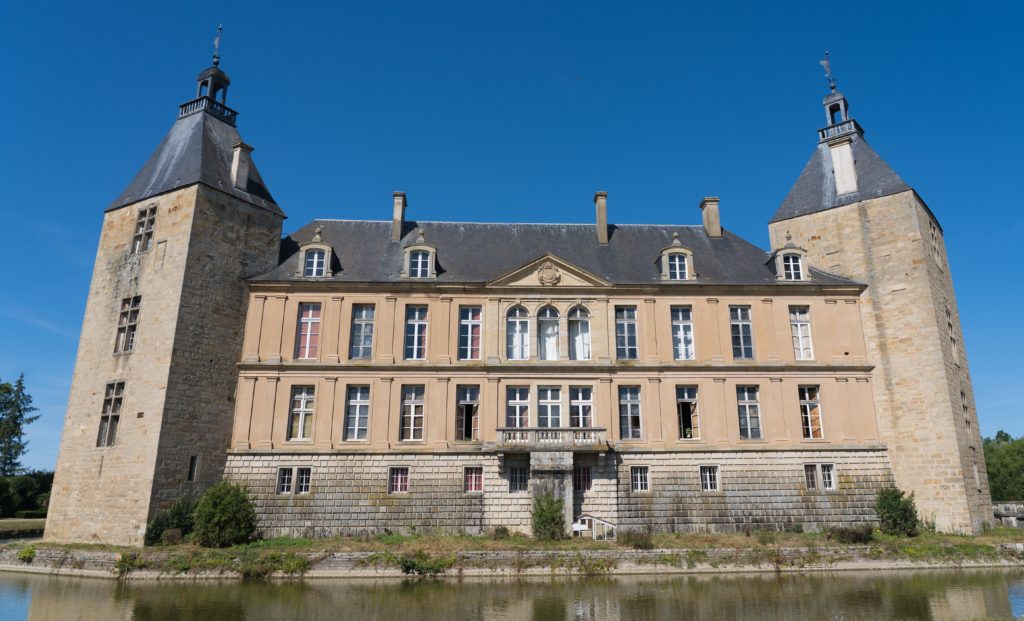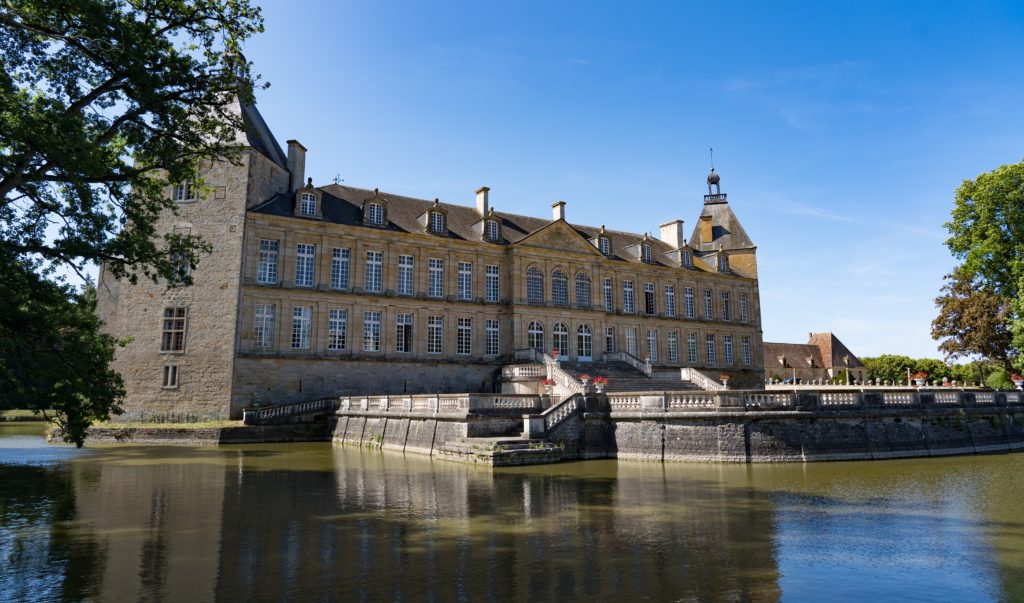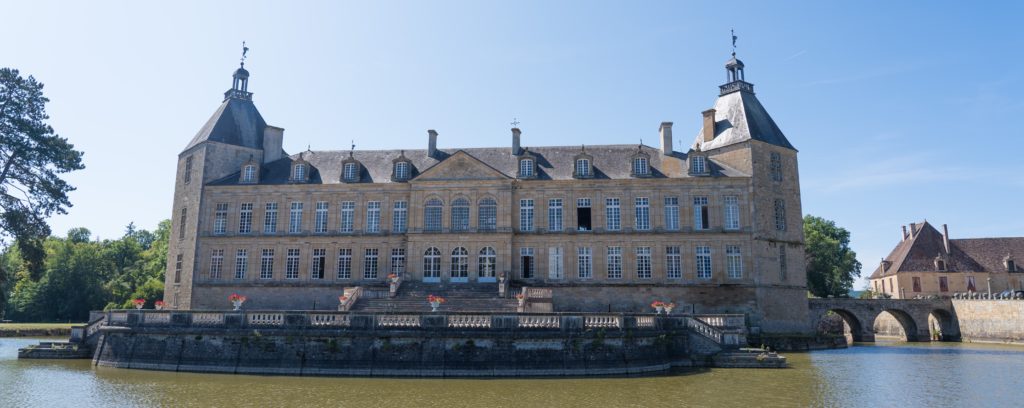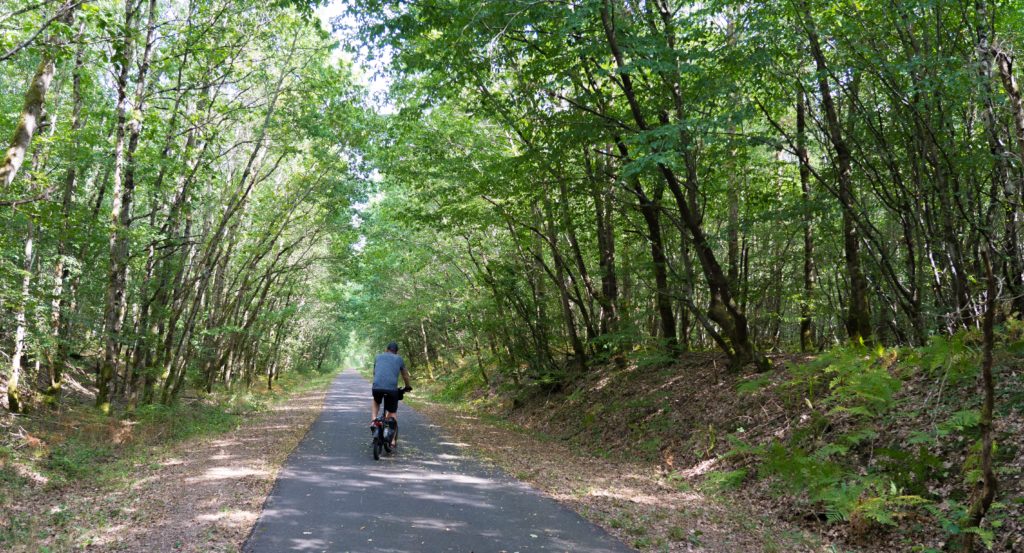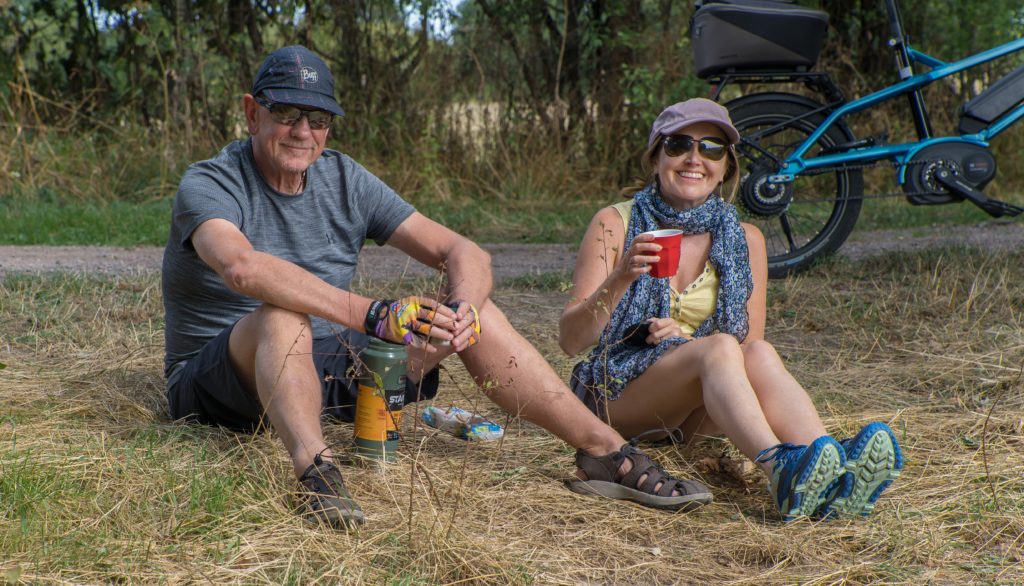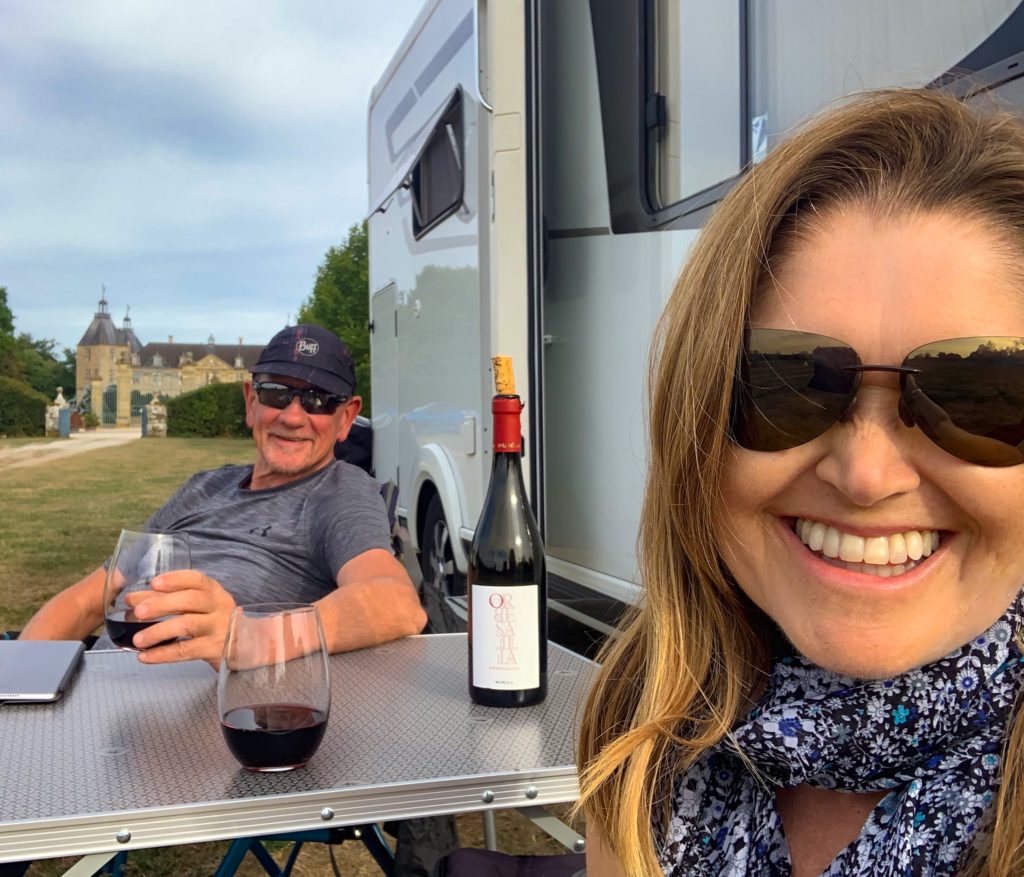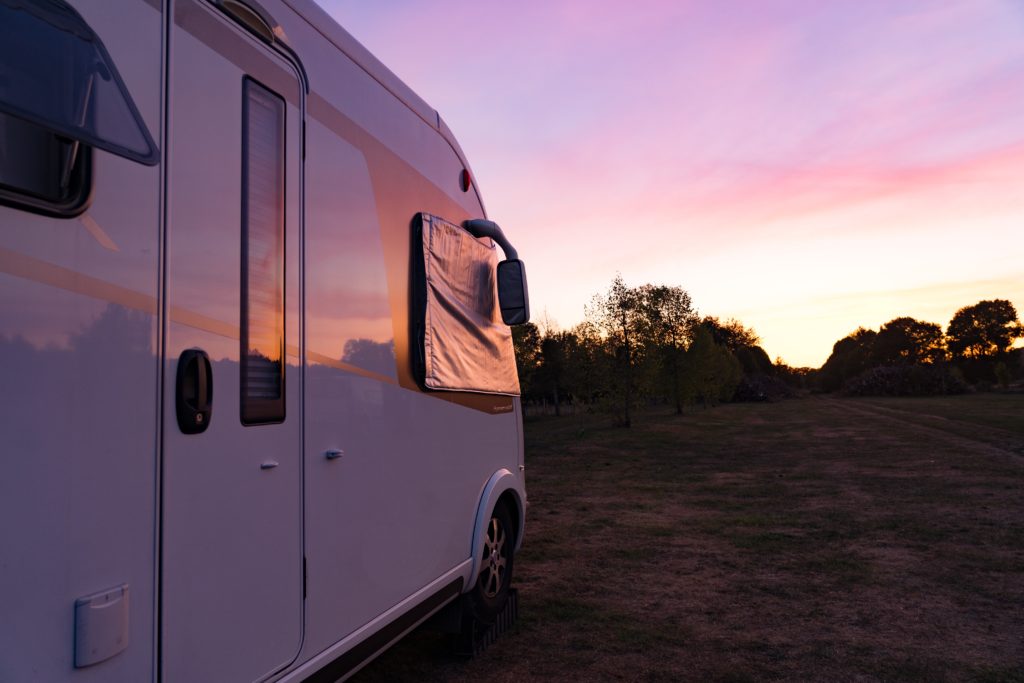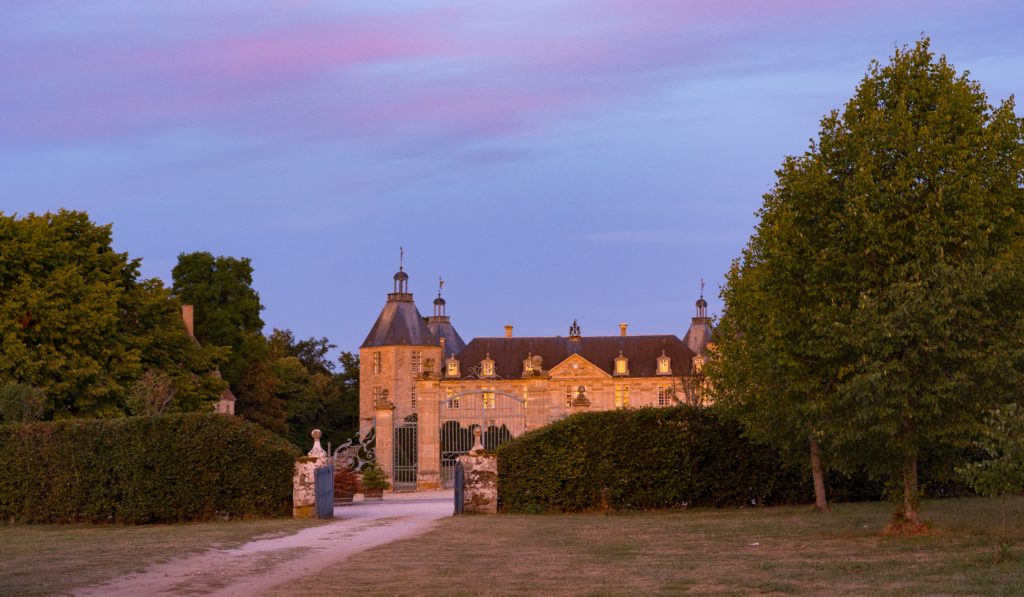Author: Mr (and Mrs) A
Location: Dieppe to Newhaven ferry, English Channel, Europe
And so after just over 4 months touring Europe (we find ourselves already distinguishing that from the UK!) and we are on our way back to the UK. A time to reflect on our experiences.


110 of those nights were spent camping, in all sorts of places from car parks in the middle of towns, ‘fancy’ (often not) campsites charging more than a hotel, vineyards, oyster farms, beside crumbling castle ruins…and so the list goes on. What those places had in common was a respect for other campers. Even when crowded together a metre apart, not once were we were disturbed by thoughtless noise from our fellow campers or passers by. In Australia, as our camping friends know, you’re lucky to go a couple of nights without some booze ot drug fuelled hoons running your serenity. A very different culture here, both on campsites and on the roads. We’ve loved that.




What we’ve missed is the ability to just chat to people easily because we share a language. This morning my trip to the boulangerie went particularly smoothly, even ending up with what I thought I ordered, a rarity I have to say. There was a real sense of achievement in that, given my very sad state of linguistic ability. I spent French lessons at school being mostly slapped with a ruler by a very uninspiring educator. I will though miss being challenged to learn at least the basics to show courtesy to our local country hosts. But our UK friends and family beware, we are incoming with A LOT TO SAY!



We have loved the variety of scenery and culture that Europe offers. You drive a few miles down the road and everything you see changes so fast. The landscape, the architecture, the farming, the signs (despite the EU’s best efforts), it’s a constant assault on the senses and we have loved it. The variety in the food as well, stacked up in supermarkets groaning with options. And please explain why you travel 20km down the road and go from one “country” to another and the food is completely different. How did that come to pass? Well I’m glad it did anyway. For us, Italy was an absolute standout winner on the dining-out front, quality, price, service, ambience…all just brilliantly executed. And on dining in, well we found great fresh produce everywhere, and the very talented Mrs A turned that into awesome lunch and dinners in our little Truffy.







In the driving department (there’s only me working in that one), it was a little stressful to start with getting used to the dimensions of our Fiat truck, with its the manual gear box changed with the right hand (it is left hand drive), plus everything happening on the other side of the road. But…OK…settled into it. A few hairy moments, like driving into a tunnel in Italy having roadworks performed, which clearly didn’t involve fixing the tunnel lights, and seeing massive lorries thundering towards me in the other lane, usually reserved for traffic going the same way!! But I have to say while on the subject of Italy, the drivers there were some of the most courteous we encountered, overtaking in places I wouldn’t, but understanding of my constraints in Truffy. We had one horn honked at us in 4 months, I was a little cautious after the tunnel nightmare of every dark yawning hole that I approached…a little too carefully it would seem.
Finding somewhere to park for the night, even in the middle of the high season, never presented a problem. We didn’t always like the prices or the facilities, but there was always somewhere. France the clear winner here. Their network of places to pull up, refill with water, empty your grey and black water, is just fantastic, and many of these are free. We always tried to make sure we went into the town though wherever they were and spent some money, only fair. Many of these places were no more than scruffy car parks with a bit of kit in the corner that allowed for the emptying and filling, with various degrees of success and cleanliness. Mrs A was also an absolute wiz at researching all of these stopovers, allowing me to focus on getting us there in one piece. What a team!



So what would we have done differently? I asked Catherine this yesterday and we both agreed…very little. Splashed out on an awning for Truffy to keep us cooler, that’s about it. We also knew we had a great team in our dealer’s workshop to talk to if something went wrong with Truffy, which it rarely did. We loved the layout of the van, but more of that in a separate post. Having almost constant internet thanks to our 4G signal booster on the roof and a super plan from Vodafail…connectivity and therefore information was almost always on hand…well except in Germany where they seem to be strangely lagging in the internet department given their usual level of efficiency! Even the amount of time on the road felt right, if we hadn’t have had our stopovers “drive surfing” through France and Italy we think it would have been more challenging. As it was we got to stretch ourselves out every so often and move our elbows while having a shower…luxury.


So…friends-and-family time next and we are both really excited to be doing that. One thing we have noticed about writing this blog, our friends don’t feel they need to check in and share what they’re up to (or maybe it’s the excuse they’ve been looking for all along!?).) We have so much catching up to do.

Then at the end October its back to Australia, our fur child and Aussie based friends. That also is something to look forward to. Retirement…the holiday that never ends. Or sorry I should say “career break” for Catherine. She gets a bit touchy if I say “we’re retired”. She’s clearly too young for that, and spends a chunk of her time volunteer-working on her role as admin for the health support group she runs along with research with doctors across the world. Much to admire in my wife…
